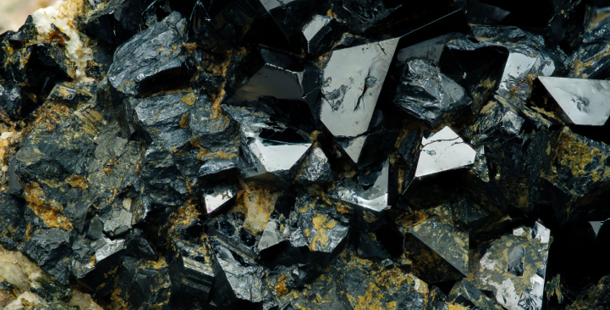
As the world races to decarbonise the steel industry, the unique properties of magnetite are propelling it to the forefront of sustainability. From high-grade pellets to ambitious new mining projects, magnetite is transforming the landscape of iron ore production.
Largest
Producers
Rio Tinto's Carol Lake site
in Canada stands as one of the largest producers of magnetite ore globally, with
a nameplate capacity of 23Mtpa of concentrate and pellet feed. Situated
adjacent to Labrador City, the Carol Lake mine, concentrator, and pellet plant
complex are approximately 420km away from its export port on the lower Saint
Lawrence River.
Operational since 1963, the
complex is owned and operated by the Iron Ore Company of Canada (IOC), with Rio
Tinto holding the majority stake (58.7%), followed by Mitsubishi Corporation
(26.2%) and the Labrador Iron Ore Royalty Corporation (15.1%). The complex
exports high-grade concentrate and pellets to Europe, the United States, and
Asia.
Metalloinvest's Lebedinsky
GOK also has a capacity of 23Mtpa of pellet feed and is located roughly 650km
from Moscow, Russia. Expected to produce around 21.5Mt of pellet feed in 2024,
it has an iron content of 66% to 70%. The site reserves 20% of its output for
in-house production of HBI and pellets for Metalloinvest's steel plants.